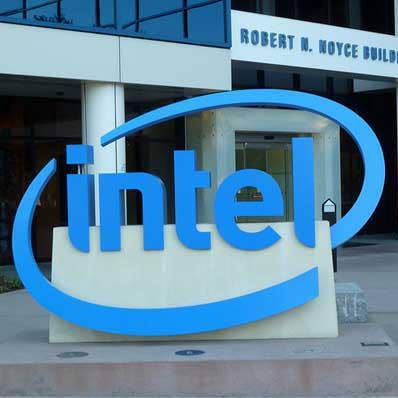Intel’s $300M Green Plan Promises Net-Zero Emissions By 2040
‘As one of the world’s leading semiconductor design and manufacturing companies, Intel is in a unique position to make a difference not only in our own operations, but in a way that makes it easier for customers, partners and our whole value chain to take meaningful action too,’ says Intel CEO Pat Gelisnger.

Intel Wednesday unveiled a $300 million effort to spark more sustainable technology and cut greenhouse gas emissions to net-zero by 2040.
The Santa Clara, Calif.-based company also will boost energy efficiency, lower the carbon footprint of Intel products and platforms with specific goals, and work with customers and industry partners to create offerings that lower greenhouse gases for its entire technology ecosystem. Governments around the world have been bolstering their Environmental, Social, and Governance (ESG) strategies to align with global climate change initiatives.
“The impact of climate change is an urgent global threat,” Intel CEO Pat Gelsinger said in a statement. “Protecting our planet demands immediate action and fresh thinking about how the world operates. As one of the world’s leading semiconductor design and manufacturing companies, Intel is in a unique position to make a difference not only in our own operations, but in a way that makes it easier for customers, partners and our whole value chain to take meaningful action too.”
The company committed to achieving 100 percent renewable electricity across its global operations, investing in its energy conservation at facilities to achieve 4 billion cumulative kilowatt hours of energy savings, and building new factories and facilities to meet U.S. Green Building Council LEED program standards, including at its recently announced manufacturing sites in the U.S., Europe and Asia. Intel said it also will launch a cross-industry R&D initiative to identify greener chemicals with lower global warming potential and develop new equipment to cut waste.
Rick Gouin, CTO of Waltham, Mass.-based Winslow Technology Group, said sustainability efforts go beyond a feel-good policy effort as more and more governments legislate for environmental impact. “We think sustainability is critical and our customers are starting to take notice of sustainability efforts,” he said. “They’re making plans for when they can meet carbon neutrality. It’s becoming more than a nice thing for the planet. It’s good for the business and to have a road map is crucial.”
Intel said it’s been a leader in the sustainability movement for a decade. Keyvan Esfarjani, executive vice president and chief global operations officer at Intel, said in a statement, “We’re now raising the bar and entering an exciting era to achieve net-zero greenhouse gas emissions across our operations. … This will require significant innovation and investment, but we are committed to do what it takes and will work with the industry to achieve this critical mission.”
The company has also made a goal to cut emissions related to reference platform designs for client form factors by 30 percent or more by 2030. It points to Dell Technologies’ Concept Luna prototype device developed in partnership with Intel. That concept will deliver better power and cooling with experimental materials to increase energy efficiency.
“Collaboration is key if we want to find solutions to the significant environmental issues the world is grappling with,” said Glen Robson, CTO of Dell’s Client Solutions Group. “Intel has been an important partner in this regard, helping us drive joint innovation supporting motherboard optimization, development of the bio-based printed circuit board and increasing system power efficiency in our Concept Luna device.”
In addition, Intel is looking to solution providers to help the company meets its green goals.
Daniel Pope, co-founder and CEO of Intel data center partner Submer, said the company’s partnership with Intel is critical.
“Ninety-nine percent of the heat generated by IT equipment can be captured in the form of warm water, practically without losses and at much higher temperatures. Through partnership with Intel, Submer is able to scale a validated immersive cooling solution that saves energy while providing the ability to capture and reuse the subsequent thermal heat.”